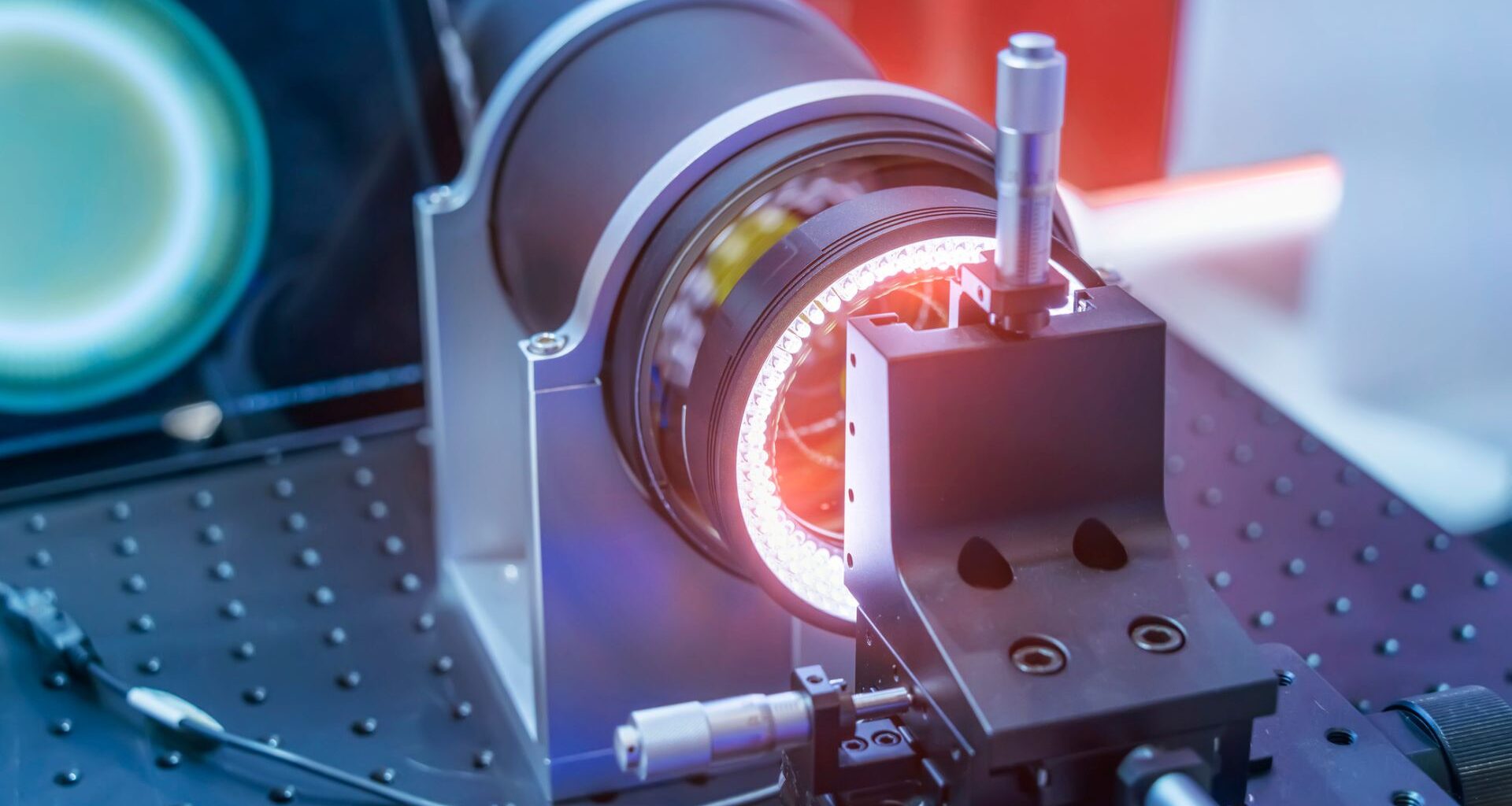New research suggests that particle accelerators capable of generating intense, coherent X-rays, which are typically produced only at vast, stadium-sized facilities, may one day fit on a table.
The findings show how carbon nanotubes combined with laser light could replicate the workings of a synchrotron on a microchip.
Shrinking synchrotron physics
Synchrotron light sources are massive, circular accelerators used to explore materials, drug molecules, and biological tissues with high-energy X-rays. Even the smallest operational facilities occupy areas comparable to football stadiums.
The new research indicates that the same physical principles may be reproduced inside structures only a few micrometres wide, potentially narrower than a human hair.
Prof. Dr. Carsten P. Welsch explains in an article for The Conversation that the core of the idea lies in surface plasmon polaritons. These are waves that arise when laser light clings to a material’s surface. In simulations, a circularly polarised laser pulse was sent through a tiny hollow tube, twisting like a corkscrew as it travelled.
This swirling field traps and accelerates electrons inside the tube, forcing them into a synchronised spiral. Because the electrons move in step, their radiation becomes coherent, amplifying the emitted X-rays by up to two orders of magnitude.
 B. Lei, U Liverpool – Physical Review Journal
B. Lei, U Liverpool – Physical Review Journal
The study effectively demonstrated a microscopic version of a synchrotron. Carbon nanotubes play a key role here. These cylindrical structures, built from carbon atoms arranged in hexagonal patterns, can tolerate electric fields hundreds of times stronger than those used in conventional accelerators.
When grown vertically into aligned arrays, known as nanotube “forests,” they form ideal channels for the corkscrewing laser light. According to the team, the geometry of these tubes naturally matches that of the circularly polarized laser, a “lock-and-key” fit essential for the mechanism.
Simulations led by Bifeng Lei, a research associate in the School of Physical Sciences, showed that this configuration could generate electric fields of several teravolts per metre. These values far outstrip the limits of existing accelerator technology.
Welsch emphasized that the necessary tools for such a system, precisely fabricated nanotube structures and powerful circularly polarised lasers, are already standard components in advanced research environments, making experimental work a feasible next step.
Expanding access to high-end X-rays
Today, researchers must apply to national synchrotron facilities or free-electron lasers for brief, highly competitive access to intense X-ray beams. A tabletop device with comparable output could allow hospitals, universities, and industrial labs to generate their own high-quality radiation sources.
In medicine, this could lead to clearer mammograms and new imaging methods capable of revealing soft tissues without the need for contrast agents. It could boost drug discovery as scientists analyse protein structures in-house rather than waiting months for external beam time.
Materials scientists and semiconductor engineers can conduct non-destructive tests on delicate components using equipment small enough to sit on a bench. Prof. Welsch says this approach may help bridge the gap between large-scale scientific infrastructure and the everyday research needs of scientists.
The research was recently presented at the 2025 NanoAc workshop on nanotechnology in accelerator physics, held in Liverpool earlier this month. Experimental validation stays within reach for the simulation stage project.
Toward a dual future in accelerator science
The researchers emphasize that ultra-compact particle accelerators will not replace mile-long machines like the Large Hadron Collider, which are crucial for pushing the boundaries of energy and discovery.
Instead, both could coexist. Large facilities continue to drive fundamental physics, and smaller systems democratise access to powerful analytical tools. A portable accelerator capable of producing synchrotron-quality X-rays is more than an innovative idea. It changes how advanced scientific equipment is accessed.
The study was published in the journal Physical Review Letters.

